Categorization:Harness Component
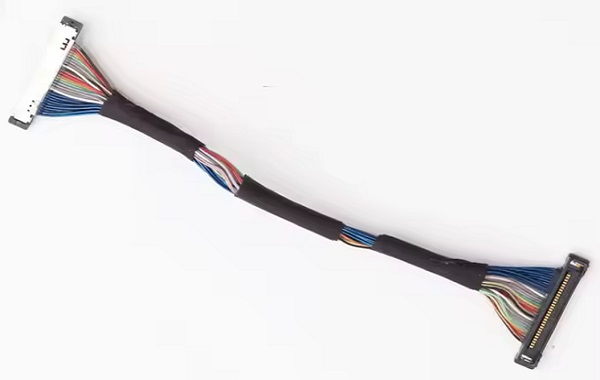
Why combine high-speed signals with power?
In MIPI, HDMI, Thunderbolt, vehicle camera link, and other high-speed differential interfaces, signal transmission usually adopts a differential pair structure. At the same time, the system side also needs to provide stable power support. If the signal and power are separately arranged, it not only leads to thicker wire bundles and more crowded wiring, but also increases the manufacturing and assembly costs. Integrating two differential signals with 1 to 2 power lines into the same extremely thin coaxial cable bundle can not only significantly reduce the space occupied, but also improve wiring efficiency and structural compactness, realizing the collaborative optimization of high-speed transmission and power supply.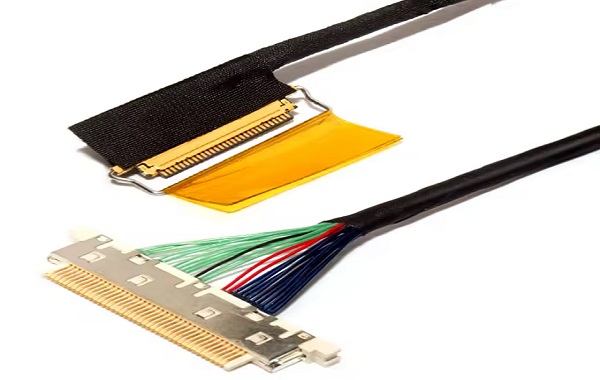
Two-wire differential implementation in extremely thin coaxial cable bundles
The core of a dual-high-speed differential link lies in impedance consistency, symmetry, and shielding reliability.
2.1 The Natural Advantages of Coaxial StructureExtremely thin coaxial cables, due to their coaxial structure of inner and outer conductors, have excellent electromagnetic shielding effects and stable characteristic impedance, making them the ideal transmission medium for high-speed differential links.
2.2 Double differential arrangement and length matching controlIn actual design, two pairs of independent micro coaxial cables are arranged according to strict spacing, distance, and processing sequence to ensure matching between pairs, reduce timing deviation, and simultaneously minimize crosstalk.
2.3 Meet higher transmission speed requirementsDue to the stability of the coaxial structure, the two-way differential signal can maintain good eye diagram performance even at high speeds such as 6Gbps, 10Gbps, and beyond, ensuring low jitter and low error rate, meeting the stringent requirements of high-speed interface standards.
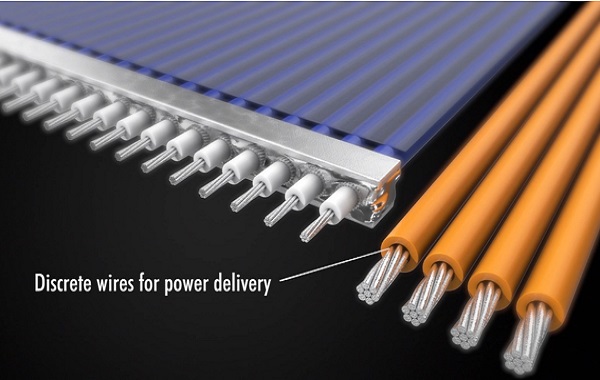
Three, parallel design of power lines and interference control
To achieve power supply within the same line, it is usually necessary to add 1 to 2 power lines, with the structure needing to balance power supply capability and anti-interference performance.
3.1 Power cable arrangementThe power line can be arranged in parallel with the coaxial cable, or a thicker wire diameter can be used to increase the current-carrying capacity, meeting the power consumption requirements of different devices.
3.2 Shielding characteristics of the power cable bodyTo avoid coupling interference caused by the power loop on high-speed differential signals, power lines often choose fluoroprotein wire materials with better shielding performance, or use extremely thin coaxial cables with more complete shielding layers as power conductors.
3.3 Introducing Grounding Shielding StructureIn more stringent high-speed environments, an independent metal foil layer or a common ground layer will be added to effectively isolate the power lines from the signal lines, improving the electromagnetic compatibility (EMC) of the entire cable bundle.
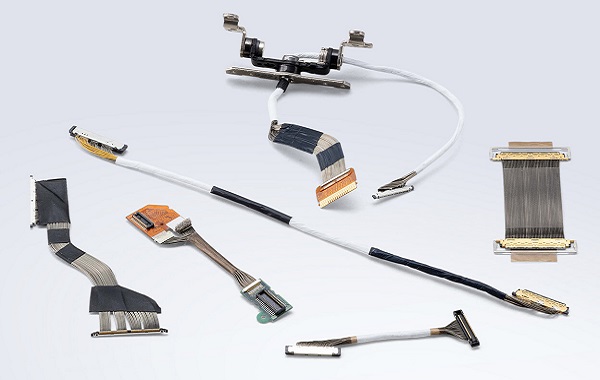
The differential pair must maintain strict length tolerance; otherwise, it will directly affect the eye diagram and high-speed stability. The consistency of termination welding points also needs to be strictly controlled.
4.2 Uniformly process the shielding layerThe shielding layer of multi-core coaxial cables should be uniformly grounded at the connection ends to avoid the shielding open circuit causing increased EMI.
4.3 Flexibility, Mechanical Strength, and Bendability DesignSince extremely thin coaxial cable束 is often used in equipment with limited space and frequent bending, it is necessary to achieve a balance between flexibility, bending life, and overall mechanical strength in the process to ensure long-term reliable operation.
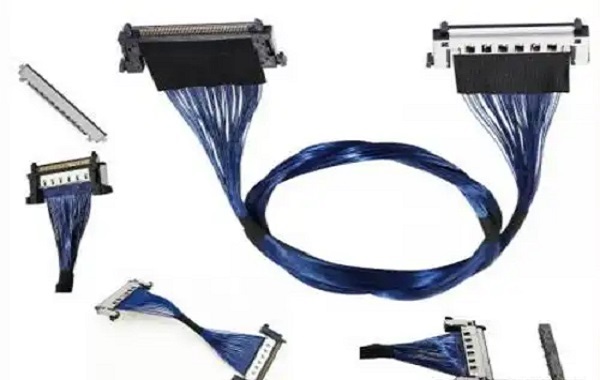
I amSuzhou Huichengyuan Electronic TechnologyLong-term focus on the design and customization of high-speed signal cable harnesses and ultra-fine coaxial cable harnesses, committed to providing stable and reliable high-speed interconnection solutions. For inquiries or customization of samples, please contact:Manager Yin 18913280527 (WeChat number)。